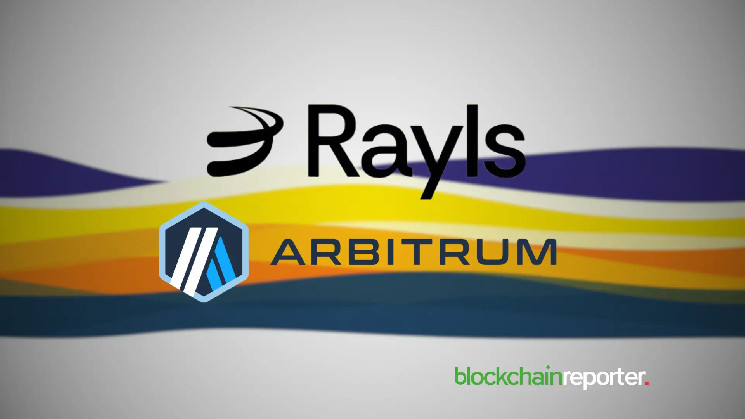Rayls, a prominent blockchain platform that fills the gap between TradFi and DeFi, has partnered with Arbtirum, the largest Ethereum L2 scaling solution. The integration aims to revolutionize the financial market with the release of Rayls Public Chain.
Rayls is setting up an exclusive public blockchain to seamlessly aggregate and connect liquidity coming from Rayls-based permissioned subnet networks. With this, users can expect exclusive features for improved compliance, scalability and privacy. Overall, the integration is intended to accelerate the adoption of blockchain in the financial sector.
Arbitrum integrates Rayls to launch Rayls Public Chain
Rayls pointed out that the integration with Arbitrum allows its technology to be used for broader blockchain adoption. As part of this integration, Arbitrum’s Orbit technology suite will support Rayls’ public chain. It unlocks significant potential for accelerating the adoption of blockchain technology by financial institutions. Therefore, these institutions can then onboard countless customers and give them access to the latest products and services through DeFi applications.
Furthermore, the integration focuses on unlocking vast amounts of capital in the form of assets currently controlled by global financial markets. The goal of this development is to make Web3 a hub for RWAs, adding large dollar amounts. The Rayls Public Chain testnet will go live in 2025 and the testnet will be available in the first quarter. This launch comes after Parfin’s effective $16 million funding round that took place in 2024. Parfin works as a key contributing platform for Rayls.
Initiative objectives to increase flexibility and scalability
According to Rayls, the Arbitrum chose based on its proven technology. Alex Buelau, the co-founder and CPTO of Parfin, has claimed that the Rayls Public Chain represents an opportunity for financial institutions with definitive blockchain technology. With this in mind, the integration represents a substantial step toward expanding flexibility and scalability in adapting and integrating advanced technologies.


